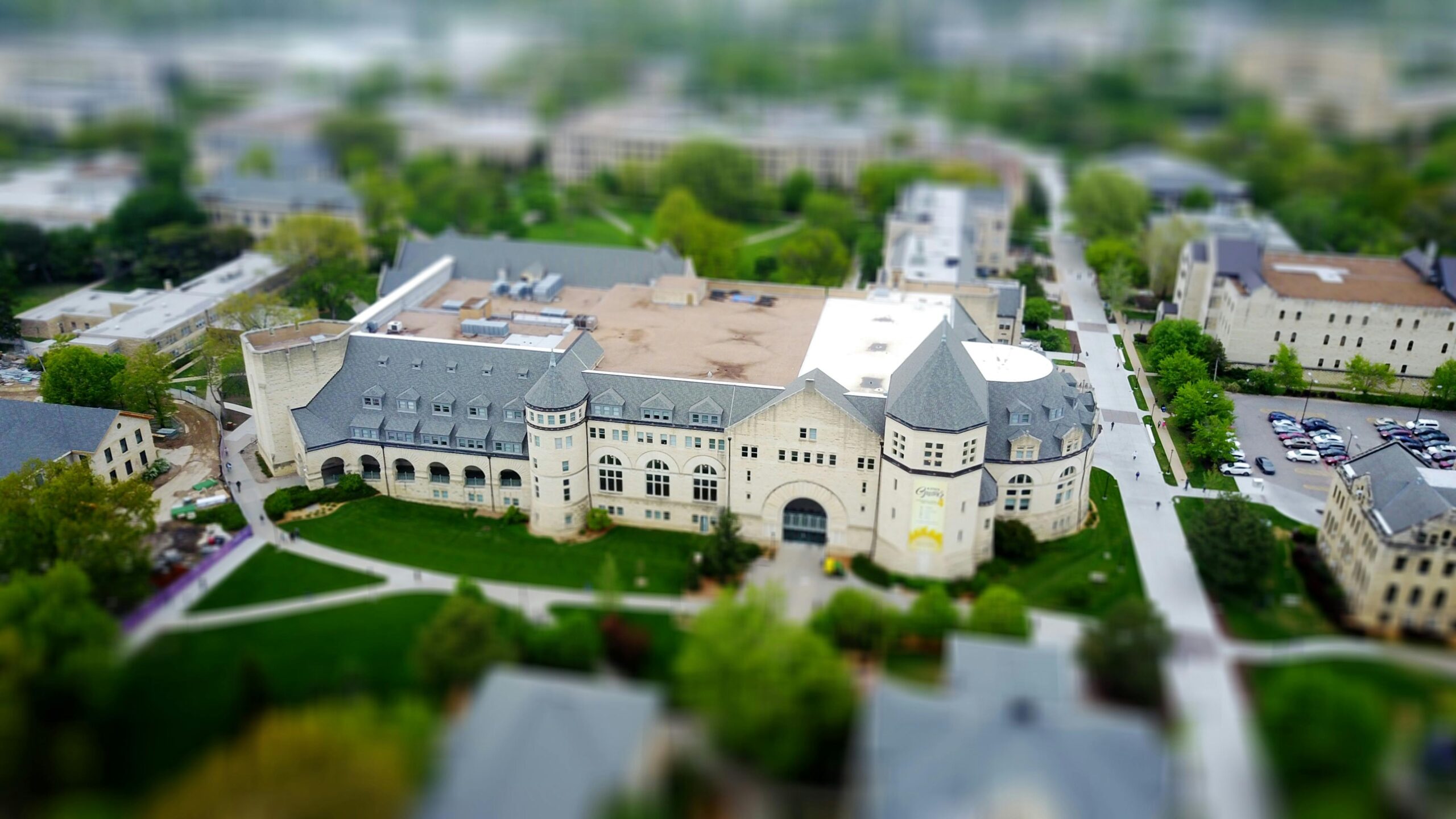The United States is home to some of the world’s most prestigious medical universities, known for their cutting-edge research, advanced clinical training, and highly competitive programs. Aspiring doctors and medical professionals from around the globe aim to study in the U.S. due to its high educational standards, state-of-the-art facilities, and vast career opportunities.
In this guide, we will explore:
✔ Top Medical Universities in the USA
✔ Admission Requirements
✔ Curriculum and Specializations
✔ Tuition Fees & Financial Aid
✔ Career Prospects for Graduates
1. Top Medical Universities in the USA
The U.S. boasts several top-ranked medical schools recognized globally for their excellence in medical education and research. Here are some of the best:
1. Harvard Medical School (Boston, MA)
- Ranking: #1 in the U.S. (QS World Rankings)
- Programs: MD, PhD, Dual Degrees (MD/PhD, MD/MBA)
- Key Features:
- Affiliated with top hospitals like Massachusetts General
- Strong emphasis on research and innovation
- Competitive acceptance rate (~3.5%)
2. Johns Hopkins University School of Medicine (Baltimore, MD)
- Ranking: #2 in the U.S.
- Programs: MD, MD/PhD, Biomedical Sciences
- Key Features:
- Pioneering medical research (Nobel Prize winners)
- Home to Johns Hopkins Hospital (#1 in the U.S. for 20+ years)
3. Stanford University School of Medicine (Stanford, CA)
- Ranking: #3 in the U.S.
- Programs: MD, Physician Assistant, Biomedical Informatics
- Key Features:
- Silicon Valley connections for medical tech innovation
- Focus on interdisciplinary research
4. Mayo Clinic Alix School of Medicine (Rochester, MN)
- Ranking: Top 10 in the U.S.
- Programs: MD, Dual Degrees (MD/MS, MD/PhD)
- Key Features:
- Small class sizes for personalized training
- Direct clinical exposure at Mayo Clinic
5. Perelman School of Medicine (University of Pennsylvania, Philadelphia, PA)
- Ranking: Top 5 in the U.S.
- Programs: MD, MD/PhD, Healthcare Management
- Key Features:
- Strong ties to Penn Medicine (leading hospital network)
- Emphasis on translational research
Other notable institutions include:
- Columbia University Vagelos College of Physicians and Surgeons
- University of California, San Francisco (UCSF) School of Medicine
- Washington University School of Medicine in St. Louis
2. Admission Requirements for Medical Universities in the USA
Getting into a U.S. medical school is highly competitive. Here’s what you need:
A. Academic Requirements
✔ Bachelor’s Degree (Pre-med or science-related preferred)
✔ Prerequisite Courses (Biology, Chemistry, Physics, Biochemistry)
✔ Minimum GPA (3.7+ for top schools)
B. Medical College Admission Test (MCAT)
- A high MCAT score (520+ for top schools) is crucial.
- Tests knowledge in Biology, Chemistry, Psychology, and Critical Analysis.
C. Extracurricular Activities & Experience
✔ Clinical Experience (Shadowing doctors, hospital volunteering)
✔ Research Experience (Lab work, published papers)
✔ Leadership & Community Service
D. Letters of Recommendation & Personal Statement
- Strong references from professors or medical professionals.
- A compelling personal statement explaining your passion for medicine.
E. Interviews
- Most schools conduct MMI (Multiple Mini Interviews) or traditional interviews.
3. Curriculum & Specializations in U.S. Medical Schools
A. Medical School Curriculum (4 Years)
- Pre-Clinical Years (Years 1-2)
- Classroom-based learning (Anatomy, Pharmacology, Pathology)
- Early clinical exposure
- Clinical Years (Years 3-4)
- Rotations in hospitals (Internal Medicine, Surgery, Pediatrics, etc.)
- Electives in specialized fields
B. Popular Specializations
- Internal Medicine
- Surgery (General, Cardiothoracic, Neurosurgery)
- Pediatrics
- Psychiatry
- Radiology
- Emergency Medicine
- Anesthesiology
After medical school, students enter residency (3-7 years) before becoming licensed physicians.
4. Tuition Fees & Financial Aid
Medical education in the U.S. is expensive, but financial aid options are available.
A. Average Tuition Costs
| University | Annual Tuition (MD Program) |
|---|---|
| Harvard Medical School | $66,000 |
| Johns Hopkins | $60,000 |
| Stanford | $62,000 |
| Public Schools (In-State) | $35,000 – $50,000 |
| Public Schools (Out-of-State) | $50,000 – $65,000 |
B. Financial Aid Options
✔ Scholarships & Grants (Need-based & merit-based)
✔ Federal & Private Loans
✔ Work-Study Programs
✔ Military Scholarships (HPSP, FAP)
Many students graduate with significant debt, but high physician salaries help in repayment.
5. Career Prospects for Medical Graduates in the USA
A. Residency & Licensing
- After medical school, graduates must complete a residency program (3-7 years).
- Must pass USMLE (United States Medical Licensing Examination).
B. Salary Expectations
| Specialization | Average Annual Salary |
|---|---|
| Surgeons | $400,000+ |
| Anesthesiologists | $350,000+ |
| Internal Medicine | $230,000+ |
| Pediatricians | $200,000+ |
C. Job Outlook
- The demand for doctors is growing due to an aging population.
- Rural areas offer incentives (loan forgiveness, higher pay).
Conclusion: Is a U.S. Medical Degree Worth It?
Studying medicine in the U.S. is a challenging but rewarding journey. With world-class education, extensive clinical training, and high earning potential, graduates are well-prepared for successful careers in healthcare.
If you’re passionate about medicine and ready for rigorous training, a U.S. medical university could be your gateway to becoming a top-tier doctor.
